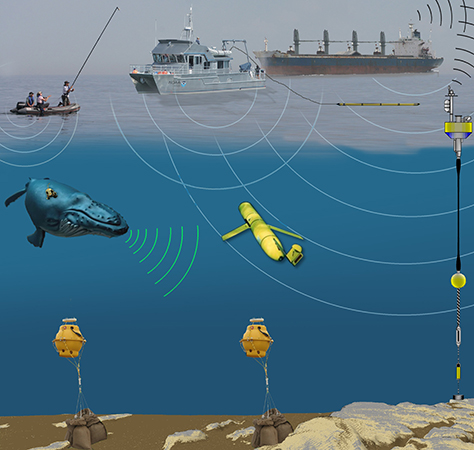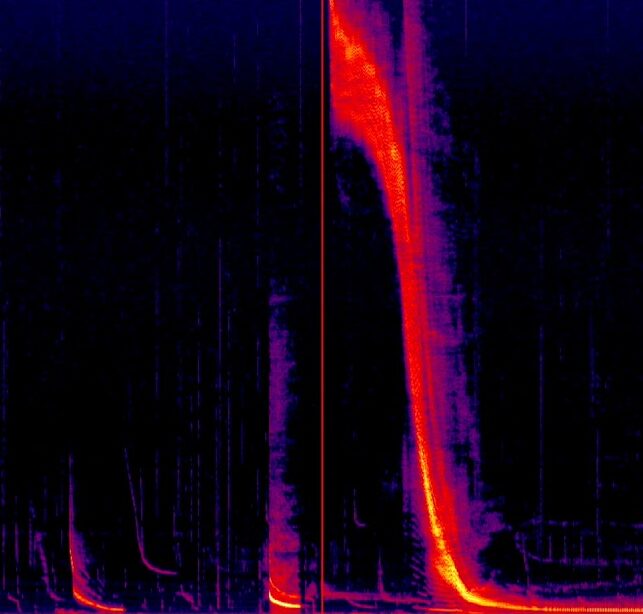Mission Statement
The Hydro-Acoustic Communications Network (HydraCON) was established in 1995 as a central management and cooperation organization for European marine research institutions to collaborate and pool their resources together for the purpose of operating a large-scale autonomous hydrophone network. The HydraCON member organizations utilize this global hydrophone network to address fundamental maritime research questions and pressing environmental issues. The hydrophone network also serves as an underwater acoustic communication network to collect data and messages from maritime vessels in their neighborhood, thereby enabling navigation, search-and-rescue and many other maritime operations.
The consortium is committed to maintaining an open and freely accessible repository of data collected by the hydrophones with the goal of creating the world’s longest biological and environmental time-series, which can provide valuable insight into long-term changes in marine environmental conditions. Towards this goal the consortium also provides access to data obtained from its hydrophone network via this website.
HydraCON is working towards enabling a satellite-based data uplink for the hydrophone network to provide more frequent updates. For the moment the data is uploaded to the repository as our research vessels are able to collect them. Archives for data more than 1 month old are available upon request.

Polar Hydrophone Network
Hydrophones are microphones that float in the ocean and collect ambient sounds. They can even be used for underwater acoustic communications by passing marine vessels.
The ocean has always been a noisy place. Many natural sources—like storms, earthquakes, and animals—create underwater sounds. Sources of ocean noise vary in many ways, including how loud they are (intensity, measured in decibels), how long they last (fractions of a second to never ending), and their pitch or tone (frequency, measured in hertz).
Growing levels of ocean noise affect marine animals and habitats in complex ways. The warming and acidification of the ocean is making this problem even worse since this makes the oceans louder. Monitoring our oceans using a vast hydrophone network is not just important for understanding the climatic changes our planet is undergoing, but to also conserve and understand marine life better.
The oceans also act as an important shipping lane. Satellite communication covers almost the entire planet’s surface, but it is subject to weather conditions and it does not work underwater. A vast hydrophone network, as such, can also serve as a good communication method for maritime vessels. This can aid in navigation, search-and-rescue, and even data transmissions.


HydraCON has a vast polar network of hydrophones to enable monitoring and communications. The data is openly available via this website to encourage research.
Members of the HydraCON consortium have been producing state of the art work in the area of marine research for decades, with significant contributions made to leading scientific publications. This research is enabled by being able to pool together data collected via hydrophones operated by each consortium member. This work has been supported by world class experiments at sea and the development of sea-going equipment.
Global forecasts continue to suggest large increases in both the size and number of ships, which predict more noise to come. This makes the polar hydrophone network even more important so that better underwater communication methods could be developed to counteract rising sea noises.
One of the strongest aspects of the work being developed within HydraCON during the last years is a significant component on specific hardware development. This work has included the development of research prototype that allow for at sea deployment and testing of innovative features resulting from theoretical research.
Hydrophones are placed at depths between 50 m and 1200 m, encompassing the SOFAR channel. This sound channel also allows users of the array to listen for submarines. The SOFAR channel acts as a pipeline for sounds in the ocean, allowing sound to travel long distances and still be detected.



